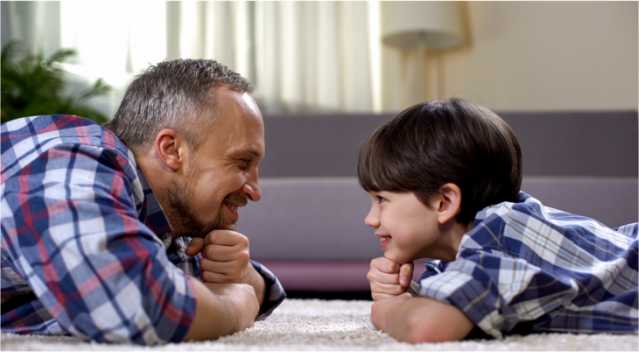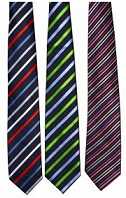|
The Feel-Good Guide to Sports, Travel, Shopping & Entertainment
|
||
| Main | Sports Events | Holidays & Observances | Pop Culture | Shopping | Travel |
MAIN Father's Day Fun Facts & Trivia
...and more information, fun facts, and trivia in honor of Father's Day:
It was while listening to a Mother's Day sermon in 1909 that the idea of Father's Day suddenly struck Spokane, Washington resident Sonora Dodd. She wanted to honor her own father, William Smart, who was well-deserving of a special day as a widowed farmer left alone to raise his six kids single-handedly. A short year year, residents embraced the ideas so warmly that by June 19, 1910 the first Father's Day celebration was proclaimed in Spokane because it was the month of Dodd's father's birth. Decades later, the first presidential proclamation honoring fathers was issued in 1966 by President Lyndon Johnson who designated the third Sunday in June as Father's Day. Today, due to her efforts, Sonora Dodd is now known as "the mother of Father's Day".
• Today, some of the most popular Internet searches connected to the day include "father's day recipes" and "father's day poems". • Roses are the official flower for Father's Day. A red rose is worn in the lapel if your father is living, a white rose if he is deceased. • Father's Day is celebrated most places on the third Sunday in June, but not everywhere. In Spain and Portugal, for instance, fathers are honored on St. Joseph's Day on March 19. Meanwhile, in Australia, it's the first Sunday in September.
This is a big day for the 72 million fathers in America. Nearly 95 million Father's Day cards were given last year in the United States, making Father's Day the fourth-largest card-sending occasion. Sons and daughters send 50 percent of the Father's Day card to their dads. Nearly 20 percent of Father's Day cards are purchased by wives for their husbands. That leaves 30 percent of the cards which go to grandfathers, sons, brothers, uncles and “someone special.”
According to the U.S. Census Bureau, when children are raised with a father or father-figure in the home, they are: — Four times less likely to live in poverty; Based on the data reported in 2020, there are 2.3 million fewer children in father-absent homes since that figure peaked at 20.6 million in 2012. The proportion of U.S. children living without a father in the home has also reached its lowest point since 1990.
Neckties are an old standby and lead the list of Father's Day gifts. A good place to buy dad a tie or a shirt might be one of 7,000 men's clothing stores around the country. Other items
high on the list of Father's Day gifts include those items
you may find in dad's toolbox such as hammers, wrenches and
screwdrivers. You could buy some of these items for dad at one
of the nation's 15.000 hardware
stores or 6,000 home centers. More than 85 million Americans participated at a barbecue in the last year — it's probably safe to assume many of these barbecues took place on Father's Day.
Mr. Mom is becoming a more common sight at parks across America with 215,000 estimated “stay-at-home” dads. These married fathers with children under 15 years old have remained out of the labor force for more than one year primarily so they can care for the family while their wives work outside the home. The dads seem to stay home more with younger children. 20 percent of fathers with employed wives were the primary caregiver for their preschooler. Many families split the responsibility of child care. Many Dad's (32%) with full time jobs regularly worked evening or night shifts and were the primary source of care for their preschoolers during their children's mother's working hours. Thanks to the US Census Bureau for some of the fun facts used in this article. |
Father's Day Gift Ideas, Crafts, Stories & History : |
|
| 10 Father's Day Craft Gift Ideas | Father's Day Fun Facts |
| Build A Kite With Dad | Top 50 Quotes for Father's Day |
 Come along on a sentimental journey explaining why we honor father's across the land this Father's Day with answers to questions like:
Come along on a sentimental journey explaining why we honor father's across the land this Father's Day with answers to questions like: 


